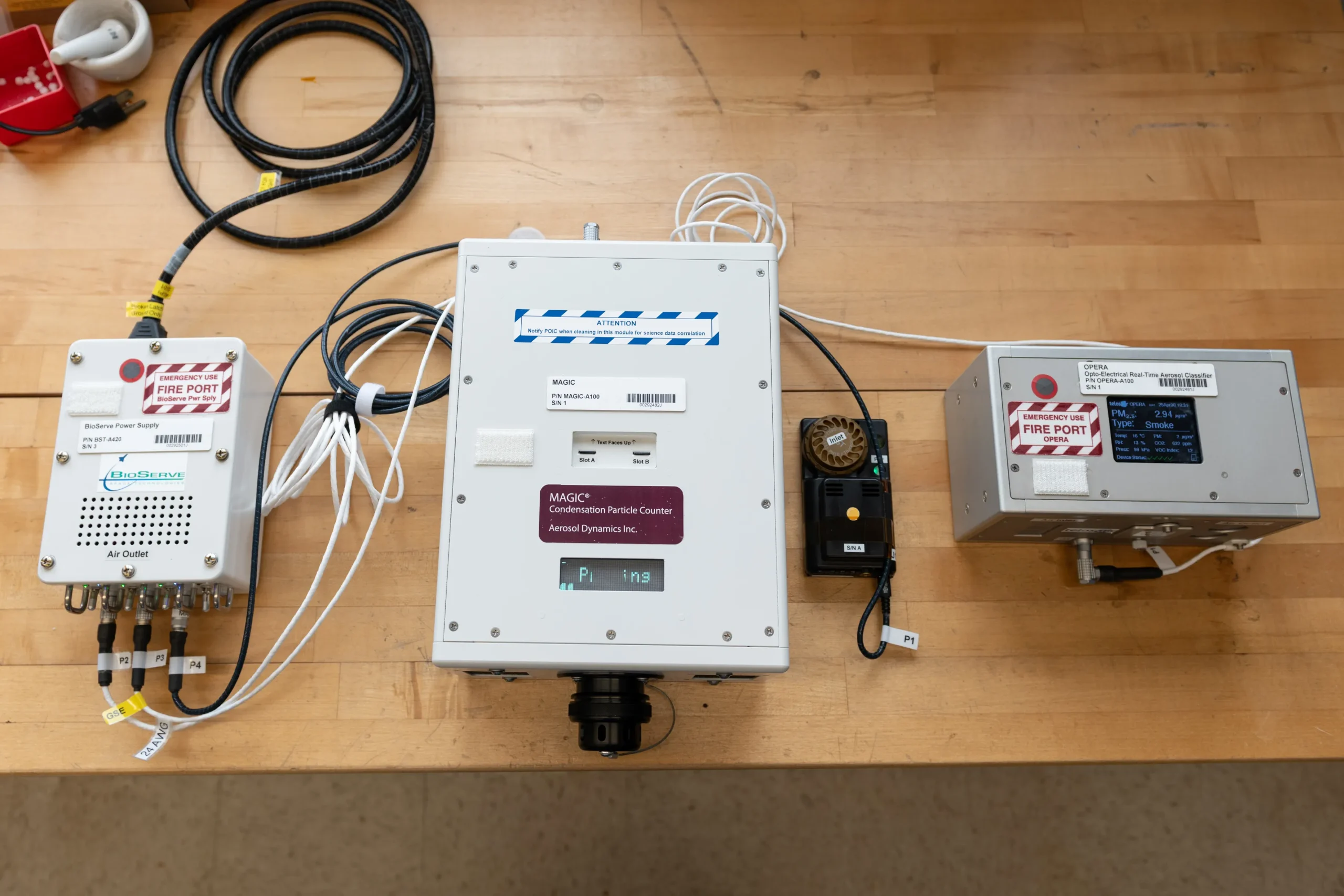As NASA prepares to return humans to the moon, astronaut health and safety have become a central concern. The space agency is conducting extensive studies to monitor and analyze all aspects of astronaut life aboard the International Space Station (ISS). These studies cover everything from the air astronauts breathe to the effects of microgravity on their health. The goal is to gather data that will support NASA’s plans for long-term human exploration of the moon and eventually Mars.
NASA Tests Air Quality Monitors for Lunar Dust Safety and Astronaut Health on Moon
To ensure astronauts’ safety during lunar missions, NASA’s Glenn Research Center in Cleveland is testing new air quality monitors. These monitors, designed for potential use on the moon, will be launched to the ISS aboard SpaceX’s 32nd commercial resupply mission. The monitors will be tested for seven months to evaluate their performance in space, focusing on their ability to accurately measure air quality and the presence of tiny airborne particles.

A significant concern for astronauts working and living on the moon is lunar dust. Unlike Earth, the moon has no atmosphere, meaning dust particles remain sharp and jagged, making them more harmful when inhaled. Studies from the Apollo missions have shown that lunar dust can irritate the lungs and potentially damage hardware. NASA aims to develop systems that can detect and manage lunar dust, ensuring the safety of astronauts and the functionality of equipment on the moon.
NASA Tests Air Quality Monitors for Space Missions, Lunar Dust, and Earth Pollution Solutions
In response to these concerns, NASA is sending three small commercial air quality monitors to the ISS. These monitors will test their ability to detect particles in space, such as skin flakes and clothing fibers, and simulate lunar dust conditions. The monitors will provide important data about their performance in microgravity, with engineers on Earth comparing results from the space station to those from similar monitors on the ground. This comparison will help NASA refine the technology for future lunar habitats.
While these air quality monitors are critical for space missions, their applications extend to Earth as well. They can be used to track pollution, such as smoke from wildfires, urban haze, and indoor pollution from household activities. NASA’s testing may also help companies develop solutions for air quality issues on Earth. Additionally, the insights gained from these experiments will inform NASA’s plans for Mars exploration, ensuring that astronauts can safely work in the dust-filled environments of both the moon and Mars.


